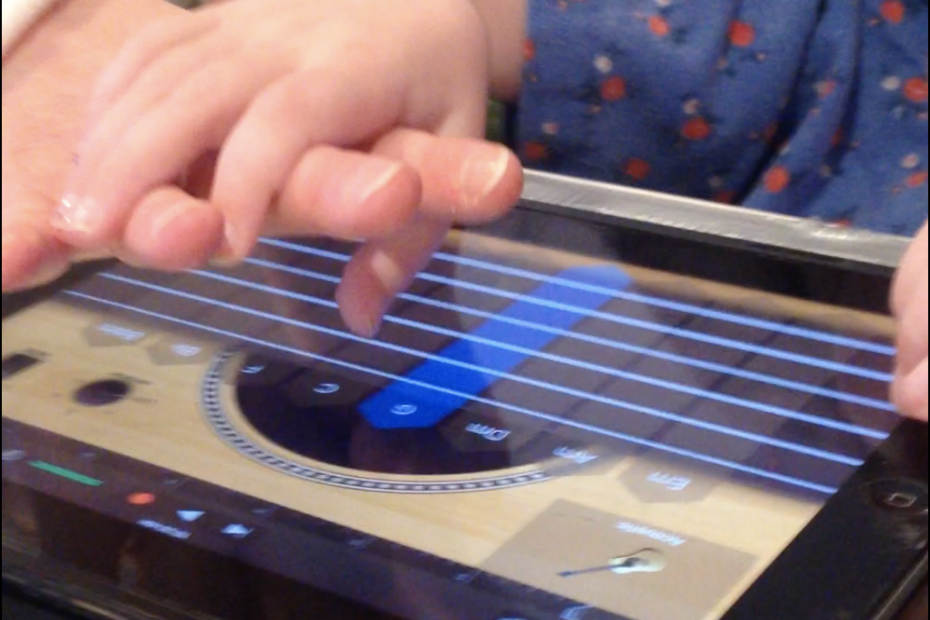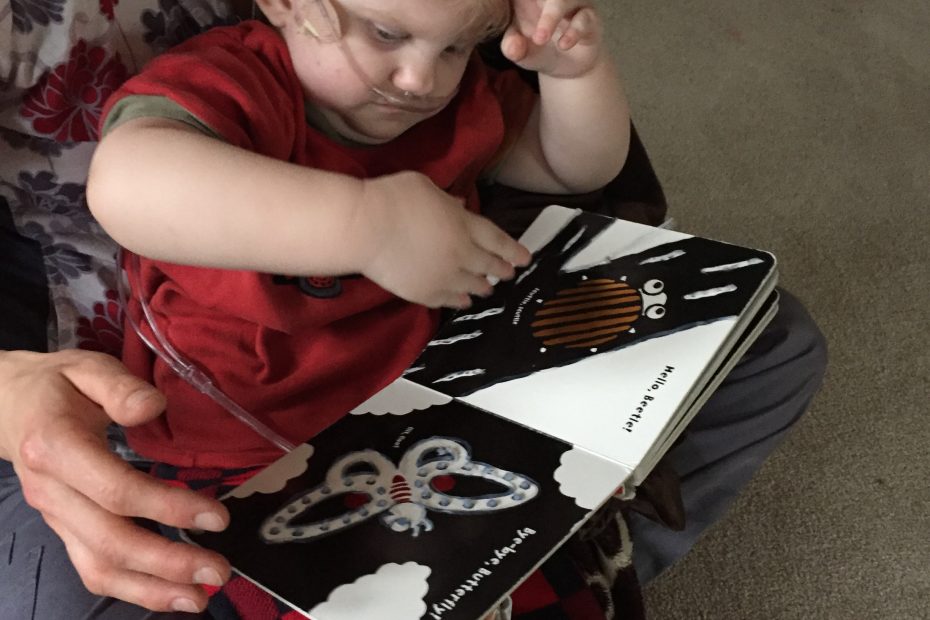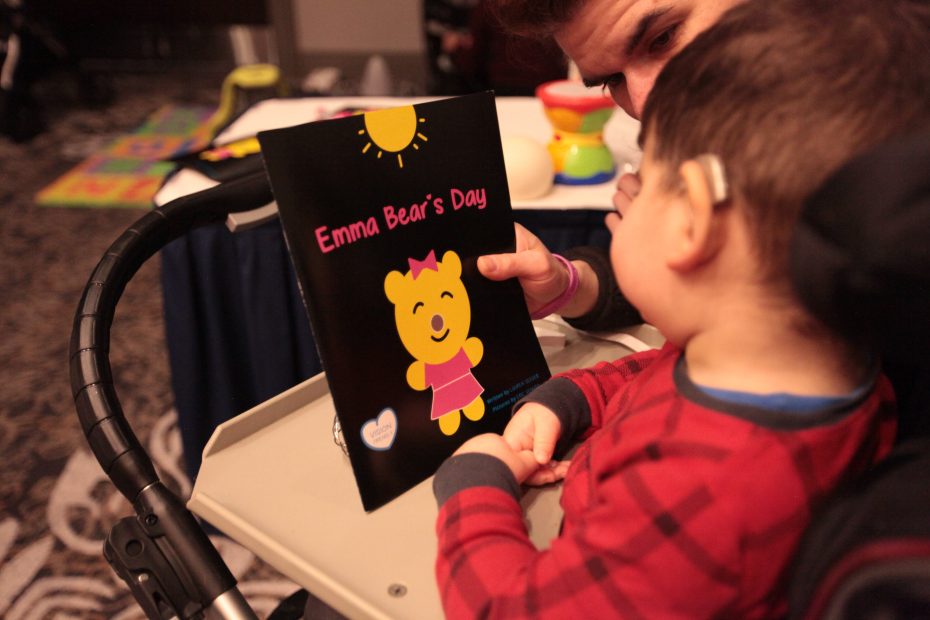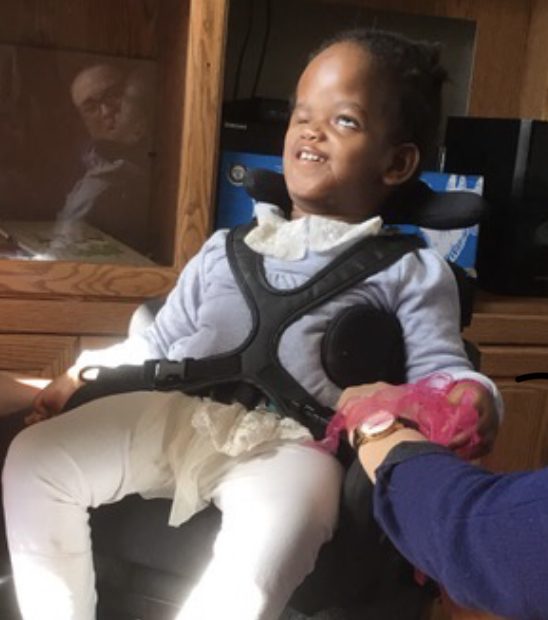
Hand Under Hand
When you use the hand-under-hand technique, your hands perform the activity while your child’s hands rest on top of yours—in this way, your child can feel what your hands are doing.

Waiting Time
Some children take longer to process the information they are receiving. It is important that they are given enough time to respond. Respect the child’s pace and wait. Follow the child’s lead.

AMCC
There are FOUR main components that are needed for successful Intervention: Anticipation, Motivation, Communication, and Confirmation. Click the link below to learn more about AMCC.
